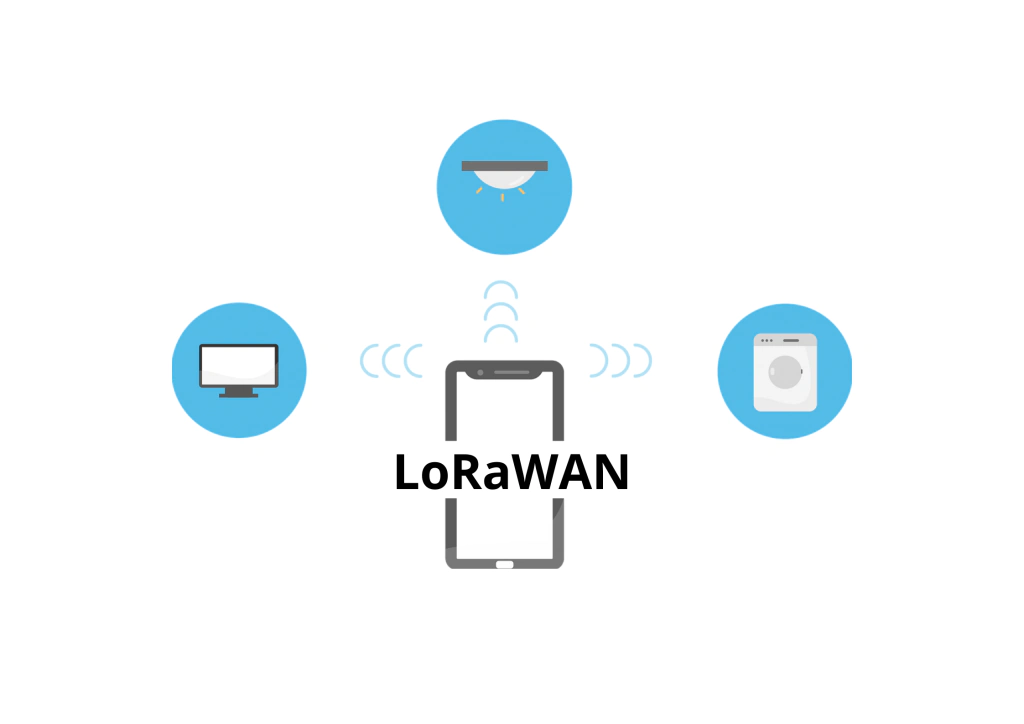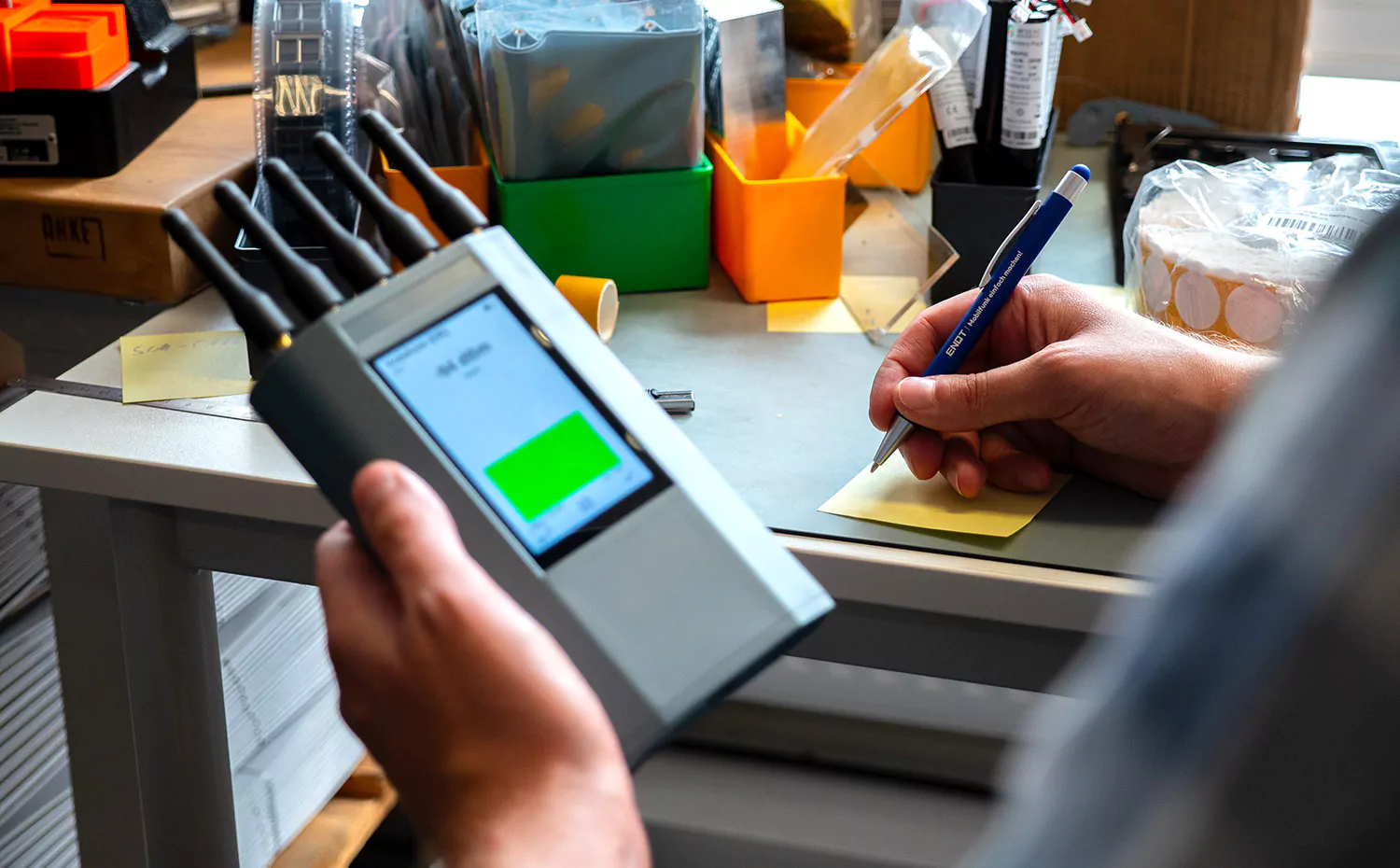LoRa and LoRaWAN (Long Range Wide Area Network) offer solutions for IoT networking. In some countries, networks based on this technology are already available nationwide. Find out what is behind these terms and how the technology works in the following article.
Brief explanation of the difference between LoRa and LoRaWAN
Before we get specific about the technology and how LoRaWAN works, first a brief distinction between LoRa and LoRaWAN. LoRa stands for “Long Range” and refers to the physical layer and modulation technique of a wireless technology that enables long-range, low-data-rate, energy-efficient communications. LoRa transmitters and receivers require chipsets from Semtech.
LoRaWAN means “Long Range Wide Area Network” and is a specification of the LoRa Alliance, a non-profit organization that promotes the standardization and interoperability of low-power wide area network (LPWAN) technologies. The LoRaWAN specification describes the system architecture and necessary higher layer protocols of a wide area network built on the LoRa physical layer. To distinguish LoRaWAN networks from classic mobile networks, they are sometimes referred to as 0G networks.
System architecture, components and mode of operation of a LoRaWAN
A LoRa wide area network consists of three components: node, gateway and LoRa server. A node is a terminal device, such as a sensor, that sends data to a gateway via LoRa radio interface. The gateways collect the data from the nodes and pass it on to LoRa servers via a broadband network connection. The servers have a connection to the IoT application, which is responsible for the actual data processing. The topology of the Long Range Wide Area Network is star-shaped.
Depending on the region, different frequency ranges of the ISM or SRD bands are used in a LoRaWAN. For Europe, for example, these are the frequency ranges from 433.05 to 434.79 MHz and from 863 to 870 MHz. With these low, long-wave frequencies compared with standard mobile communications technology, large distances can be bridged. Distances range from a few kilometers in urban environments to 15 or 40 kilometers under optimum conditions. Objects such as building walls are well penetrated by the radio waves, which is why problematic areas such as basements can be covered with radio signals.
The power requirements of the terminal devices are low, in the range of a few milliamperes. Battery lifetimes of several years can be realized. The achievable LoRaWAN data rates are between approximately 300 bps and 50 kbps, which is completely sufficient for the typical application, the transmission of sensor data.
The security of the communication and the integrity of the data are of particular importance in a Long Range WAN. These requirements are met by authentication of the individual LoRaWAN components and encryption at the various layers. Device-, application- and network-dependent AES encryption takes place.
The terminal devices in a Long Range Wide Area Network can be divided into three classes: A (bidirectional terminal devices), B (bidirectional terminal devices with defined receive windows) and C (bidirectional terminal devices with permanently open receive windows).
The Long Range Wide Area Network and the Internet of Things
The LoRaWAN is specifically designed to meet the requirements of the Internet of Things. In an Internet of Things (IoT) or Industrial Internet of Things (IIoT), a large number of end devices, often sensors, need to be networked over long distances in an energy-efficient and secure manner in order to process their data. LoRaWAN optimally solves these requirements with its LoRa radio interface. Sensors can be operated for many years without changing batteries and communicate wirelessly and securely with the gateways in a star-shaped network. The connection to the IoT platform, which is responsible for data processing, is established via the servers. Thanks to the long-wave radio frequencies, the end devices to be networked can be located in almost any place. The possible applications of the Long Range WAN are diverse and range from the smart home to the smart city and smart factory.



